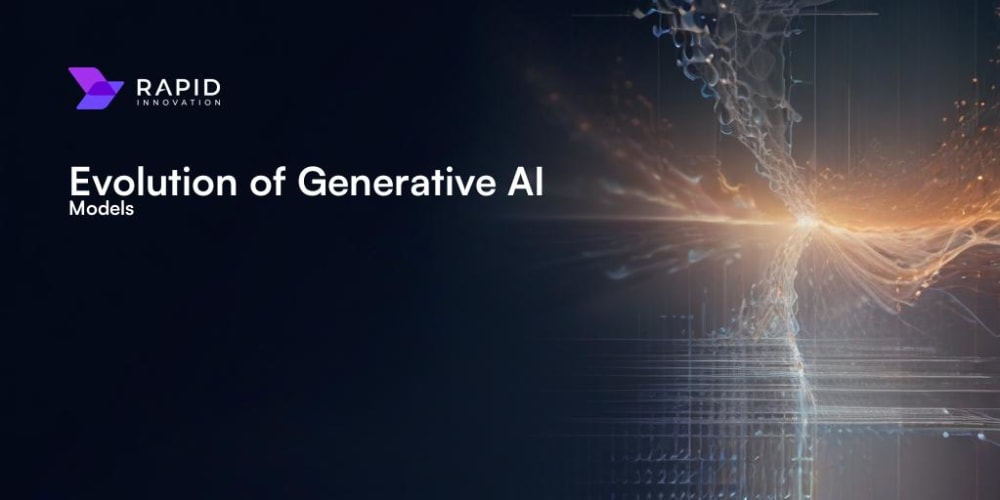This is a Plain English Papers summary of a research paper called The Platonic Representation Hypothesis. If you like these kinds of analysis, you should subscribe to the AImodels.fyi newsletter or follow me on Twitter.
Overview
- Representations in AI models, particularly deep networks, are converging over time and across multiple domains.
- This convergence suggests a shared statistical model of reality, akin to Plato's concept of an ideal reality.
- The paper explores potential selective pressures driving this "platonic representation" and discusses its implications, limitations, and counterexamples.
Plain English Explanation
As AI models, especially large deep neural networks, continue to advance, the researchers have observed an interesting trend - the ways in which these models represent and process data are becoming more aligned over time and across different types of data, such as vision and language.
This convergence in representations suggests that these models may be converging towards a shared, underlying statistical model of reality, similar to the idea of an "ideal reality" proposed by the ancient Greek philosopher Plato. The researchers refer to this converged representation as the "platonic representation."
The paper explores possible reasons why this platonic representation might be emerging, such as selective pressures that favor models with more generalized and robust representations. The researchers also discuss the implications of this trend, as well as its limitations and potential counterexamples that may challenge their analysis.
Technical Explanation
The paper begins by surveying numerous examples from the literature that demonstrate the convergence of representations in different AI models, across time and domains. The researchers show that as vision models and language models grow larger, they start to measure the distance between data points in increasingly similar ways, converging towards a shared statistical model.
The researchers hypothesize that this convergence is driving towards a "platonic representation" - a shared, idealized model of reality, akin to Plato's concept. They discuss several possible selective pressures that could be favoring the emergence of this platonic representation, such as the complexity-driven bias in feature representations and the benefits of having a unified knowledge-based system that can bridge between different state representations.
Critical Analysis
The paper raises some intriguing ideas, but also acknowledges several limitations and potential counterexamples to their analysis. The researchers note that the convergence they observe may be limited to certain types of models and tasks, and that there could be important differences in representations that are not captured by the measures they use.
Additionally, the concept of a "platonic representation" is speculative, and the researchers do not provide a clear, testable definition of what such a representation would look like or how it could be empirically verified. More work would be needed to solidify this theoretical framework and connect it more directly to the observations made in the paper.
Conclusion
Overall, this paper presents an interesting hypothesis about the convergence of representations in AI models and its potential connection to a shared, idealized model of reality. While the ideas are thought-provoking, more research is needed to fully substantiate the claims and explore the implications in depth. The paper serves as a valuable starting point for further exploration and critical discussion around the nature of representations in advanced AI systems.
If you enjoyed this summary, consider subscribing to the AImodels.fyi newsletter or following me on Twitter for more AI and machine learning content.


















